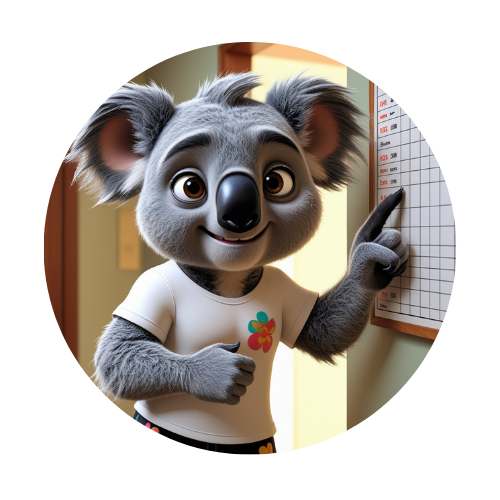💰 Ages 8–12: How to Save and Budget
💡 Money Explorers. How to Save & Budget
Now that you know what money is, let’s take it a step further and learn two very important money skills: saving and budgeting.
These skills are your secret weapons to help you make smart decisions, reach your goals, and feel confident with your cash — now and in the future.
💸 What Does It Mean to Save Money?
Saving means not spending all your money right away — instead, you put some of it aside for later.
You might be saving for:
- A cool new toy or video game
- A birthday present for someone special
- A school excursion
- Something big, like a new bike!
When you save, you're saying: 👉 “I don’t need to spend this now. I have a goal!”

🐷 Ways to Start Saving
Even if you only get a small amount of pocket money or earn money from chores, saving can start right now.
Here’s how:
- Get a money box or piggy bank: Keep coins and notes in one place so they don’t disappear.
- Set a savings goal: Choose something you want to save for and write down how much it costs.
- Track your progress: Each week, check how much you’ve saved. You’re getting closer!
- Open a kids’ bank account: Ask a parent or carer to help you open a savings account just for you. Some Aussie banks offer great accounts for kids that even earn interest!
📊 What is a Budget?
A budget is a plan for your money.
It helps you decide how much to:
- Spend now
- Save for later
- Give to others
Think of a budget like a treasure map.
It tells your money where to go, so you don’t get lost or spend it all too fast.
🎯 The 3-Bucket Rule for Kids
Here’s a simple way to budget your money, called the 3-Bucket Rule.
Each time you get money, divide it into three parts:
| Bucket | What it's for | Example |
|---|---|---|
| Save | For future goals | Saving for a new scooter |
| Spend | For small things now | Buying a treat at the canteen |
| Give | To help others | Donating to a charity or school fundraiser |
Let’s say you earn $10 from chores.
You could:
- Save $5
- Spend $3
- Give $2
This teaches you to balance fun today with smart planning for tomorrow.
Win-win!
📌 Top Tips for Smart Savers
- Set a clear goal – Know what you’re saving for and how much you need.
- Use a savings tracker – Colour in a chart or use stickers as your money grows.
- Think before you spend – Ask, “Do I really need this, or should I save a bit more?”
- Celebrate milestones – Hit a goal? Awesome! Enjoy your reward — you earned it.

🧠 Why Saving & Budgeting Matters
Learning to save and budget helps you:
- Build healthy money habits early
- Avoid running out of money too quickly
- Reach exciting goals faster
- Feel independent and responsible
These skills aren’t just for now — they’ll help you become a money-smart teenager and an even smarter adult. 💪
🔍 Explore More: Fun Money Challenges
- ⭐ Start a 30-day saving challenge
- 🛍️ Try a no-spend week
- 📚 Create your own money story comic
- 📈 Keep track with our free printable Money Journal and Weekly Tracker
🦘 Australian Money Fact
Did you know?
Some Aussie banks like Commonwealth Bank and Bendigo Bank offer school banking programs or youth accounts that make saving even more exciting — with rewards, online tools, and learning resources just for kids!
🎉 Final Thought
You don’t need to be a grown-up to manage your money — you can start right now.
So, Money Explorer:
What will you save for first?
And how will you make your money go the distance?
Let the budgeting adventure begin! 🧭💰


